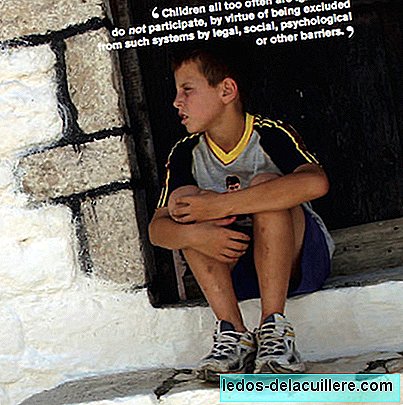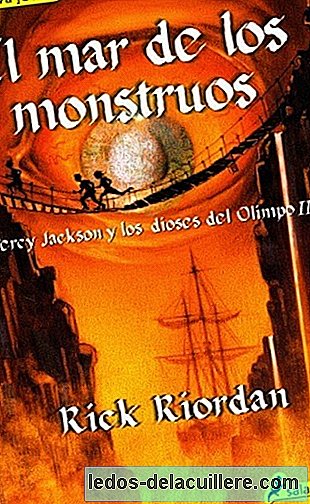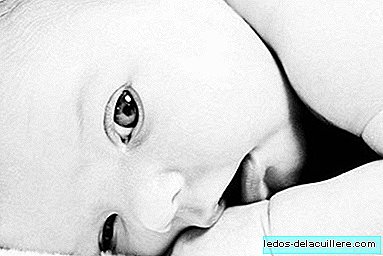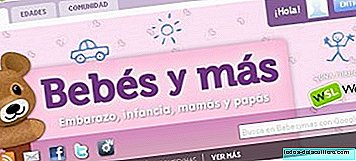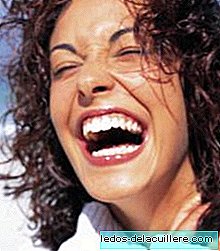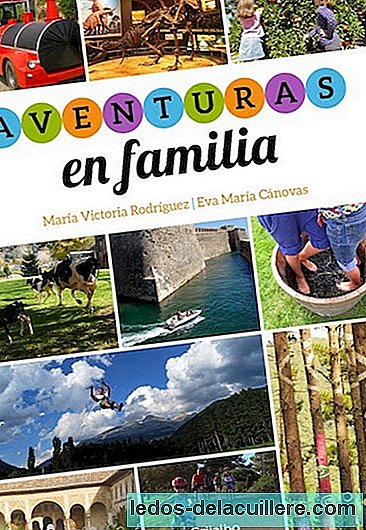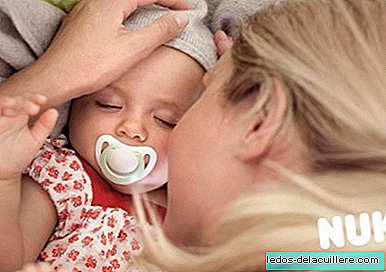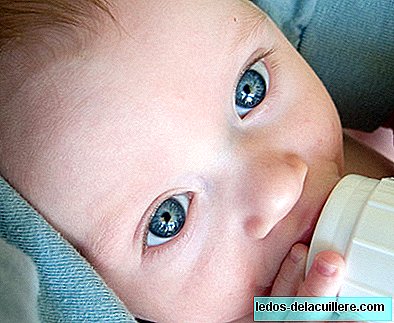
Today we bring you this news that seems taken from the trunk of memories, because a server believed that the legislation just approved by the European Parliament was in force many years ago. At the last meeting in Brussels it was agreed prohibit the use of images of babies in artificial milk containers, as it is considered that it can negatively affect breastfeeding rates.
I imagine that the objective is to ensure that the measure is extended to all of Europe, because perhaps there were countries where this was not regulated and the manufacturers made use of photos of blond and blue-eyed babies to advertise their products. In Spain, luckily, it's been banned for years, as you will see below.
Europe, protecting the consumer
The measure is part of a set of rules that aims to protect the consumer by controlling more the labeling of infant food products, dietetics and those intended for people with special medical needs such as celiac and diabetic.
In addition to veto images that can make a baby's parents idealize infant products A list of substances that may be present in the composition of these products is included and the guarantee that the presence of pesticides in food is minimal is required.
In Spain the law exists for years
As explained by some MEPs, the approval of these general regulations was already necessary, even regretting that the agreement between the twenty-seven member states did not come before, as the previous legislation dated from 1977.
In Spain this problem did not exist, at least as far as baby food is concerned, because labeling has been regulated for years. The law that we currently have in force is Royal Decree 867/2008 (of the year 2008, of course), which in Article 7 reads as follows:
The labeling of infant formula must also include, specifically, the following data: a) An indication specifying that the product is suitable for the special feeding of infants from birth, when they are not breastfed. b) An indication regarding the superiority of breastfeeding as the product should be used only by the advice of independent persons qualified in medicine, nutrition or pharmacy or other professionals responsible for maternal and child care, preceded by the mention "Notice important "or other equivalent. c) Labeling will not include images of children or other illustrations or texts that can idealize the use of the product. However, they may carry graphic representations that allow easy identification of the product and illustrate the method of preparation.
I guess now you will understand what I mean by "News that seems taken from the trunk of memories." The International Code of Breastfeeding Substitutes was proposed by WHO more than 30 years ago, so it is now when the regulations are being approved it is clear that they have been a little slow with the subject.


